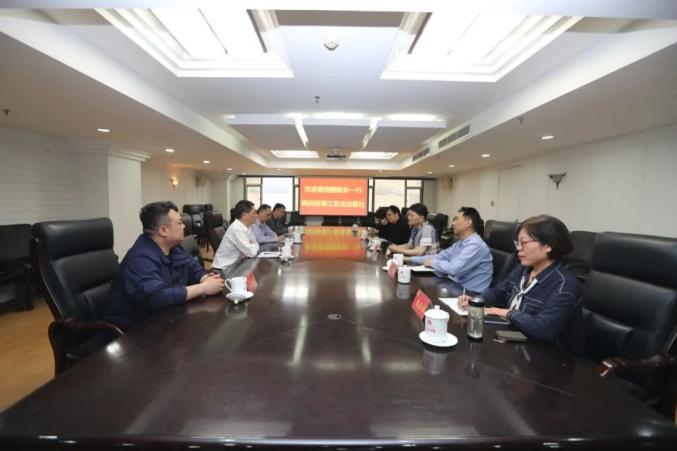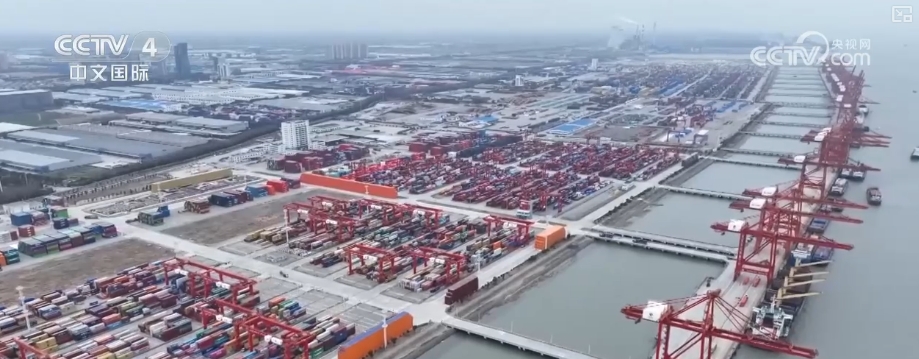The Glorious Changes And Future Prospects Of Xinjiang
The Glorious Changes And Future Prospects Of Xinjiang
Xinjiang, a magical land located in western China, has a long history and diverse cultures, and is an important hub of the Silk Road. From ancient prosperity to modern changes, every step in Xinjiang is engraved with the wisdom and tenacity of the Chinese nation. Today, let us travel through the long river of time and space
Xinjiang, a magical land located in western China, has a long history and diverse cultures, and is an important hub of the Silk Road. From ancient prosperity to modern changes, every step in Xinjiang is engraved with the wisdom and tenacity of the Chinese nation. Today, let us travel through the long river of time and space, and have an in-depth understanding of the glorious history of Xinjiang and the earth-shaking changes that have taken place in this land since liberation.

1. The shining pearls on the ancient Silk Road
Xinjiang, known as the "Western Regions" in ancient times, has been a bridge of exchanges between the East and the West since ancient times. This place not only nurtures the splendid silk culture, but also brings together Han, Uyghur, Kazakh, Mongolia and other ethnic groups, forming a rich and colorful ethnic custom. During the Han and Tang Dynasties, Turpan, Kashgar and other places in Xinjiang flourished and became the center of the intersection of Eastern and Western cultures and commodities.
At that time, this land was not only the key to commerce, but also the link of cultural exchanges. Many religions such as Buddhism, Islam, and Taoism blend here, leaving behind a rich cultural heritage. The prosperity of the ancient Silk Road established Xinjiang's status as the "Pearl of the Silk Road".
2. Turbulence and change in modern times
Entering modern times, Xinjiang has experienced many turmoil. At the end of the 19th and early 20th centuries, the Qing Dynasty's rule gradually weakened, and local separatist forces rose. At the beginning of the 20th century, with the turmoil in China, Xinjiang was also trapped in the shadow of war and division.
In 1949, the founding of the People's Republic of China marked a new historical stage in Xinjiang. The central government began to systematically govern and develop Xinjiang, bringing unprecedented changes to this land.
3. Great changes in Xinjiang after liberation
1. Social stability and consolidation of national unity
After the founding of New China, Xinjiang's society gradually became stable. The central government attaches great importance to ethnic unity, implements the policy of regional ethnic autonomy, and safeguards the legitimate rights and interests of all ethnic groups. Xinjiang's multi-ethnic families are becoming increasingly close in common development, and ethnic unity has become the most precious wealth of this land.
2. Rapid economic development
Since the reform and opening up, Xinjiang has ushered in a spring of economic takeoff. The country has increased infrastructure construction and built a large number of roads, railways and airports, greatly improving traffic conditions. Xinjiang, which is rich in energy resources, has become an important energy base in China, and the development of oil, natural gas and coal has brought huge economic benefits.
In particular, the proposal of the "Silk Road Economic Belt" has provided new development opportunities for Xinjiang. Large-scale investment has promoted the rapid development of industry, agriculture and tourism, and Xinjiang's urban appearance has been completely renewed.
3. Construction of modern infrastructure
In recent years, Xinjiang has made remarkable achievements in infrastructure. The urbanization level of cities such as Urumqi, Kashgar, and Hami has been significantly improved. The dense network of high-speed rail and expressways has greatly shortened the distances in different regions.
Investment in education, medical care, technology and other fields is also increasing. The rise of higher education institutions such as Xinjiang University and Kashgar University has cultivated a large number of talents for the region.
4. The inheritance and development of national culture
While modernizing, Xinjiang insists on protecting and inheriting multi-ethnic culture. Traditional music, dance and handicrafts have been paid attention to, and cultural tourism has become a new economic growth point. Xinjiang's food and folk festivals have attracted a large number of domestic and foreign tourists.
At the same time, the state promotes the popularization of education in ethnic areas, enhances cultural confidence in ethnic areas, and allows diversified culture to shine new vitality in the new era.
4. Looking to the future: the bright prospects of Xinjiang
Xinjiang's future is full of hope. The national "14th Five-Year Plan" and the "Belt and Road" initiative have brought unprecedented development opportunities to Xinjiang. Emerging industries such as green energy, digital economy, and modern agriculture are booming, providing a solid foundation for Xinjiang's economic transformation.
In addition, ethnic unity, social stability and environmental protection have become important guarantees for Xinjiang's sustainable development. Xinjiang is moving towards the goal of prosperity, harmony and prosperity, and has become an indispensable and important part of the Chinese nation's big family.
5. Summary
Xinjiang, this ancient and young land, has experienced a leap from the glory of the Silk Road to modernization. Since liberation, especially under the guidance of the new era, Xinjiang has undergone earth-shaking changes. It is not only an important part of the Chinese nation, but also a bridge connecting the east and west and communicating the future.

In the future, Xinjiang will continue to leverage its unique geographical and cultural advantages under the strong leadership of the country and usher in a more prosperous tomorrow. Let us look forward to this magical land continuing to write a more glorious chapter!
The story of Xinjiang is an epic about perseverance, inclusiveness and development. It not only demonstrates the great creativity of the Chinese nation, but also shows the beautiful vision of multi-ethnic groups' prosperity and coexistence. As the western gate of China, Xinjiang is welcoming every dream with a new look and moving towards a brighter future.





